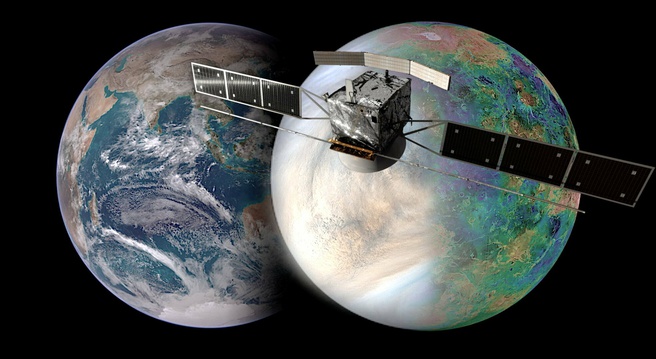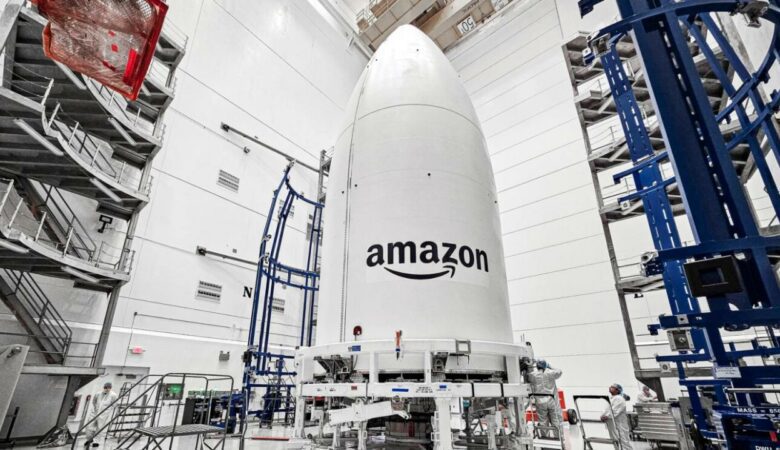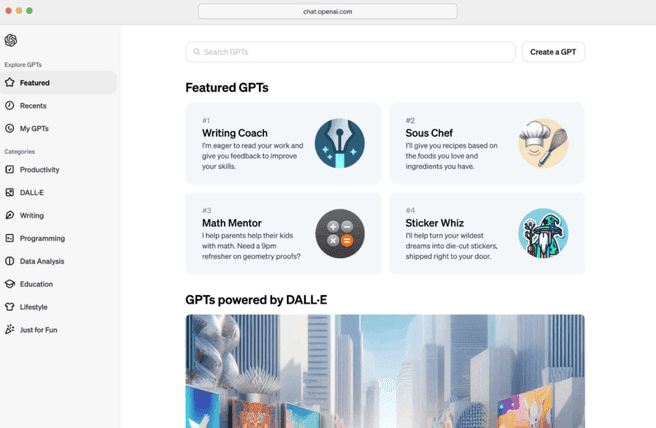The European space agency ESA wants to orbit the planet Venus with an orbiter sometime after 2030. ESA hopes to get a better view from the core to the atmosphere of Venus to learn how Earth and Venus could be so different.

The mission, which has been dubbed EnVision , will have to take place sometime in the early 1930s, although no year has been committed yet. ESA’s orbiter will come aboard several devices to take measurements over Venus, including an atmospheric infrared siren, spectrometers and a NASA-provided radar. In addition, as an experiment with radio waves, the internal structure and gravitational field of Venus is studied.
The question that the mission should help answer is why Earth and Venus, while they are both about the same size, are made up of the same building blocks and are each other’s closest neighbours, are so different from each other and why Venus has undergone such dramatic climate changes: instead of that it is a habitable planet, it has a toxic atmosphere and the planet is covered in thick sulfur clouds. This should also provide insight into the potential future of the nature, should catastrophic effects of greenhouse gas emissions arise here.
It is ESA’s second mission to the planet Venus. Between 2005 and 2014, the space agency conducted research into the atmosphere above the planet with Venus Express. Since then , the Japanese space agency JAXA has been investigating the atmosphere of Venus.
On June 2, it was announced that NASA is also planning two missions to Venus to learn more about the planet. The three spacecraft will team up to make the most complete study of Venus yet.
EnVision will be sent to Venus aboard an Ariane 6 rocket. That will be 2031 at the earliest. EnVision will take 15 months to reach Venus and another 16 to orbit the planet. EnVision is ESA’s fifth medium-class mission. The other missions are Solar Orbiter , Euclid, Plato and Ariel.







